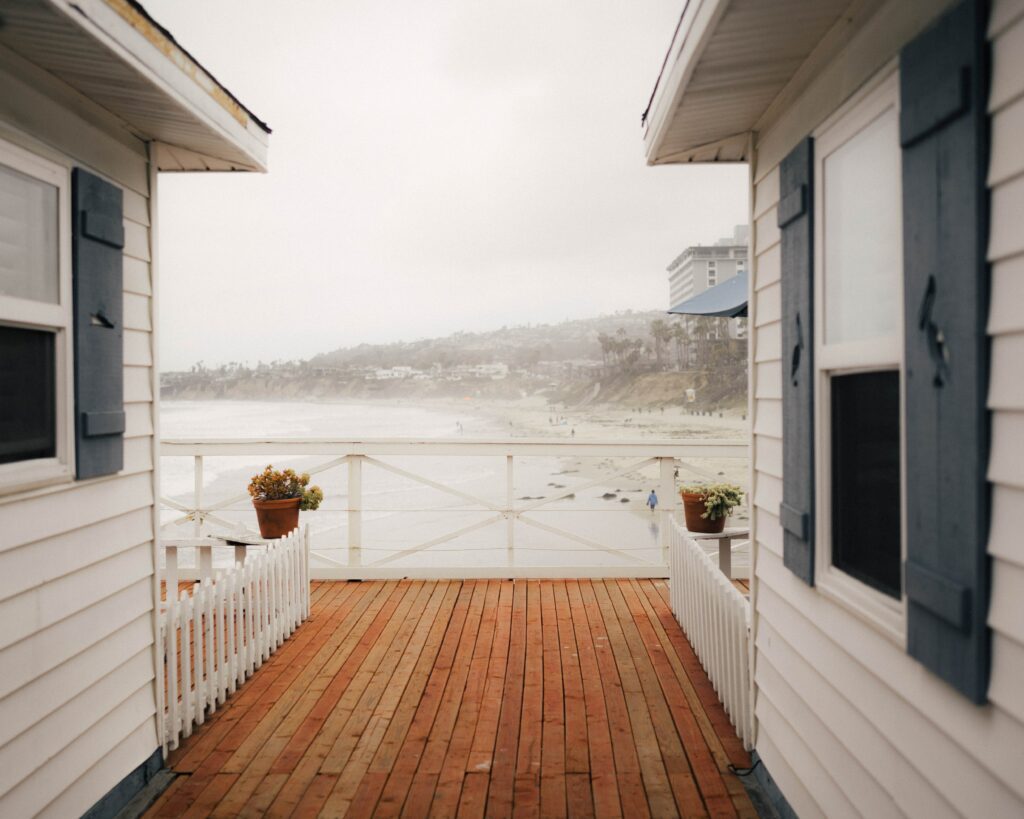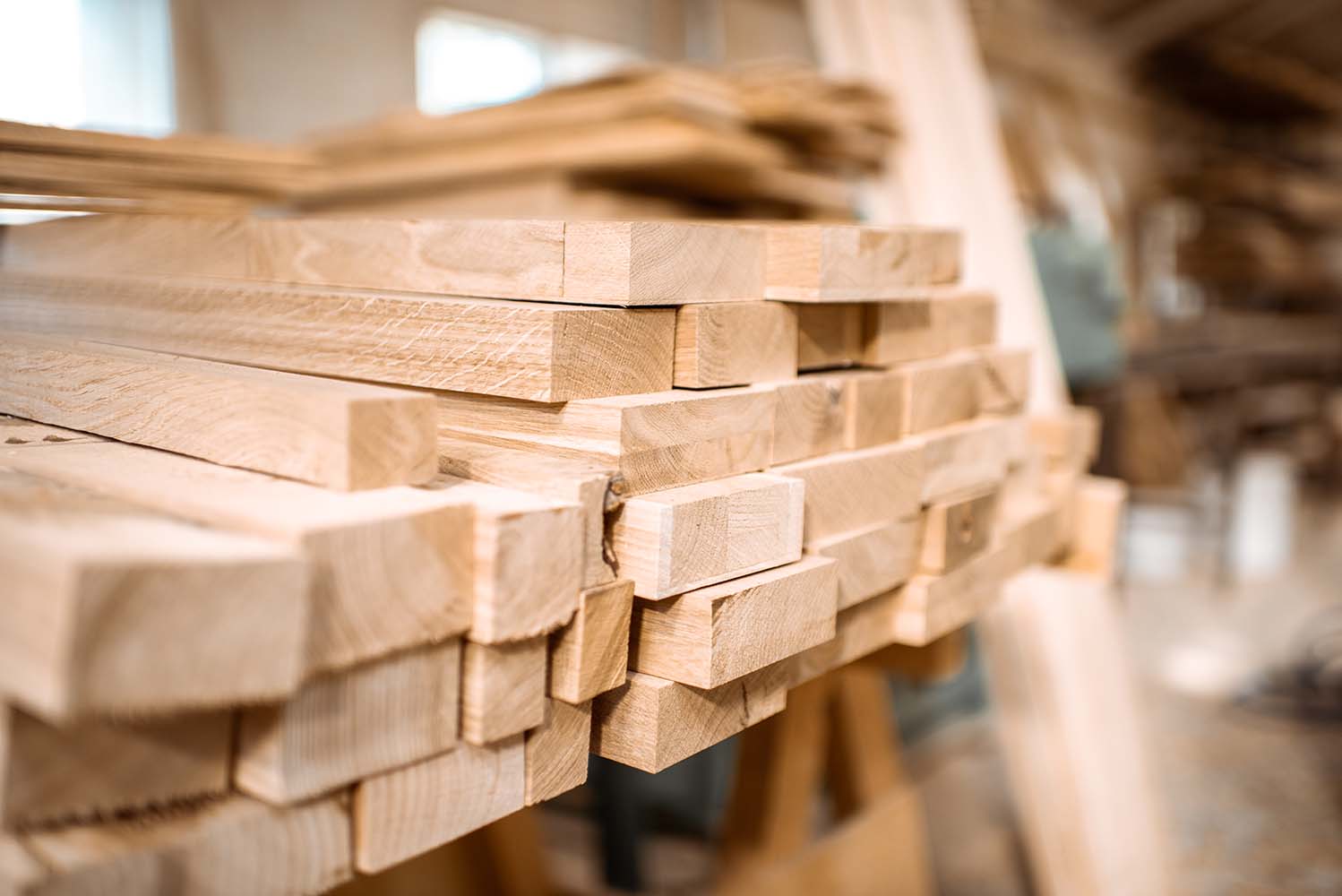
How to Choose the Right Durability Class for Your Timber Deck
Timber decks are a classic way to improve your backyard and add to your house, and one of the reasons that they have remained popular for decades is that wood can endure quite a bit. However, what and how long wood can survive will depend on whether it is used above or below ground.
Wood that is used above ground has to brave rain, heat, and changing humidity. Wood that is put below ground is subject to decay caused by bacteria, fungi, and ground water.
Wood that touches the ground tends to decay much faster, since it will be wet for longer, which will cause the fibres to expand and to become more attractive to fungi.
How long each type of wood can survive these different factors varies from species to species, and this can leave a deck-builder wondering which type of wood to use for their deck.
Fortunately, this decision is made easier by a durability classification system.
The Classification System
The durability class of a species always refers to how long the heartwood (the hard, less permeable wood that is in the centre of a tree) will last in certain conditions in Australia, and they will have different classes depending on whether they are being used in the ground. Sapwood- the outer wood of a tree- is almost always considered non-durable.

Class 1
There are 4 classes of durability for wood. Class 1 is the most durable wood group. Species in this class will last more than 50 years if it is in a protected area, and it will last more than 25 years even if it is touching the soil. Class 1 wood can handle more than 50 years being outside and above ground. For instance, this class is good to use as a roof for your deck.
Class 1 Examples:
Class 1 above-ground includes Ironbark, River Red Gum, Cypress, Blackbutt, and Spotted Gum. An example of Class 1 in-ground durability is Ironwood. Ironwood can start out unseasoned, too, since it is so resistant to rot.
Class 2
Class 2 wood will also survive more than 50 years if it is in a completely protected area, such as inside your house. However, once it is exposed to the weather outside, its lifespan drops to over 30 years. That's still impressive, but not as suitable for use outdoors. Once the wood is in the ground, for instance if you are using it as a pole or as a foundation pile, you can expect a Class 2 species to last 15 to 25 years.
Class 2 Examples:
Class 2 species for use above ground would be Stringybark, Jarrah, Sydney Blue Gum, and Brush Box. The in-ground Class 2 group includes Spotted Gum and Blackbutt.
Class 3
Class 3 species of wood will last outside and above ground about 15 years, and 8 to 15 years underground. Class 3 wood is fine in protected areas, where it will last 50 or so years.
Class 3 Examples:
Messmate and Karri have a Class 3 durability above and in-ground.
Class 4
Class 4 species are much less durable: they will only last 5 to 8 years if it is exposed to the weather, and won't survive more than 5 years if it is put underground. It's fine for protected interiors, where it will last more than 50 years.
Class 4 Examples:
Radiata and Slash Pine are Class 4 for both above-ground and in-ground use.
Fortunately, Narangba Timbers makes a point of only carrying Class 1 and Class 2 timbers, so your deck will last a long while.
If you want both excellent wood and expertise when making your deck, contact us via our form or by phoning 1300 477 024.